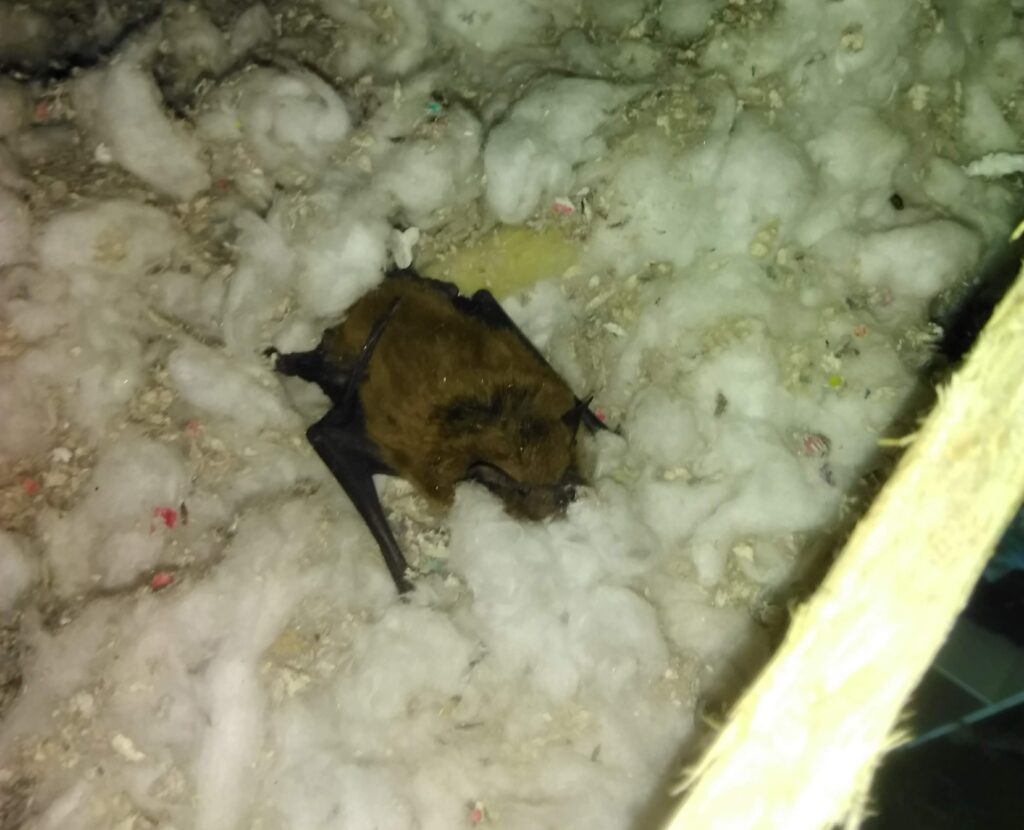

Their vision is poor, but they are not completely blind. Some species are generalists, living in many types of shelters, while others can live only in certain sites in certain types of caves.īats are usually nocturnal, flying at night hunting flying insects. Several species overwinter in caves but spend the breeding season living in crevices and hollows in trees or in barns. The Seminole bat ( Lasiurus seminolus) occurs only accidentally in southern Missouri we are in the northwestern edge of its range and are most likely to see this species in summer.īats live in a variety of habitats, and different species roost and hibernate in different types of refuges.īats are famous for living in caves or mines, but many live in hollow tree trunks or behind loose bark of trees, in attics or behind nooks in siding of homes, in crevices in cliffs, or in large storm sewers, old barns, and bridges.Its range is mostly in the southwestern United States and Mexico. The big free-tailed bat ( Nyctinomops macrotis) might occur occasionally in Missouri, especially in the fall.Its range is mostly in the southern half of the United States and most of Mexico. The Brazilian free-tailed bat ( Tadarida brasiliensis) is highly migratory and apparently occurs only accidentally in Missouri.Rafinesque’s big-eared bat ( Corynorhinus rafinesquii) (critically imperiled in Missouri vulnerable/apparently secure globally)Īdditionally, there are three species of possible occurrence in Missouri:.Townsend’s big-eared bat ( Corynorhinus townsendii).Tri-colored bat (eastern pipistrelle) ( Perimyotis subflavus).Silver-haired bat ( Lasionycteris noctivagans) (vulnerable to extirpation from Missouri secure globally).Eastern small-footed myotis ( Myotis leibii) (imperiled in Missouri critically imperiled/vulnerable to extinction globally).Indiana myotis ( Myotis sodalis) (Missouri and federally endangered).Northern long-eared myotis ( Myotis septentrionalis) (endangered in Missouri threatened federally).Southeastern myotis ( Myotis austroriparius) (critically imperiled in Missouri vulnerable/apparently secure globally).Gray myotis ( Myotis grisescens) (Missouri and federally endangered).Little brown myotis ( Myotis lucifugus) (vulnerable to extirpation from Missouri and to extinction globally).It is keeled if an obvious extension of membrane, or keel, occurs between it and the outside edge of the membrane. The calcar is not keeled if it lies along the very edge of the tail membrane.
#Bats hibernate or migrate free
A cartilaginous structure, the calcar, arises from each ankle joint and extends toward the tail, giving partial support to the free edge of the tail membrane. The hind legs with their 5 toes are turned outward, directing the knees backward they serve as supports for the wings.The patagium of a bat has four distinct parts: the propatagium runs from the neck to the first digit, the dactylopatagia run between digits, the plagiopatagium runs from the last digit to the ankles, and the uropatagium joins the hind legs with the tail. The wings consist of paired extensions of soft and generally naked skin, the wing membranes (or patagia singular patagium), which connect the sides of the body, the large front limbs, the 4 elongated fingers ( digits), and the small hind legs. The tragus is often triangular, but its shape varies and can be important for identifying species. (Humans have tragi, too.) The tragus in bats functions to enhance sound definition just like the spire in the center of a radar dish. If you want to be able to identify bats to species, it is good to know some basic bat anatomy.Įach ear generally has a well-developed, membranous or flaplike structure, called the tragus (plural tragi), in front of the ear hole. The bats in our state are all relatively small, usually with prominent ears.

There are about 18 families of bats globally, but only one family of bats predominates in Missouri: the evening bats (Vespertilionidae). Most people know a bat when they see one: It looks something like a mouse with wings.


 0 kommentar(er)
0 kommentar(er)
